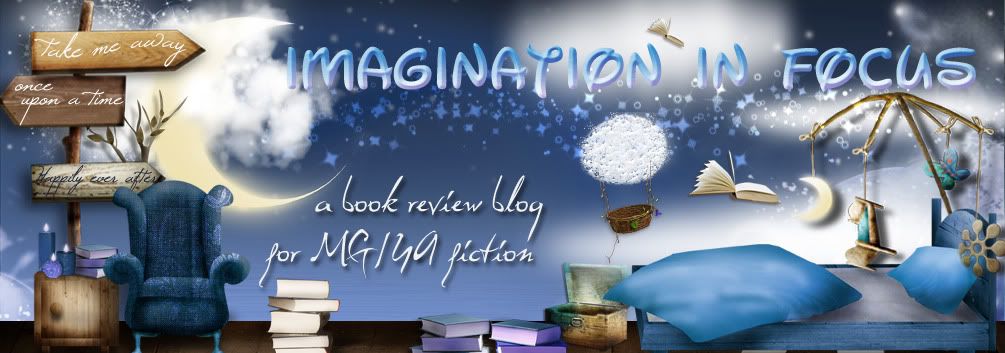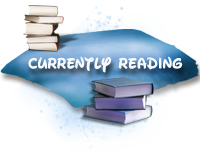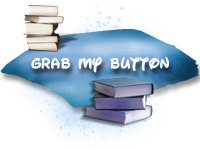The Red Necklace and its sequel, The Silver Blade, take younger readers through the French Revolution and do a relatively good job of it, too, with only a few critiques on my part.

The Red Necklace
By Sally Gardner
Timeperiod: Early French Revolution; France and England
Rating: "PG-13" for mild language, strong violence and scary fantasy elements
I usually am a very big fan of historical fiction---if it is done right. Ann Rinaldi is probably my top historical fiction writer--she happens to write stuff geared more towards kids, and to me that is an awesome balance. Sally Gardner is perhaps just a hair under her-- throughout the entire story (and it is quite a lengthy story) I was completely captivated. The setting is 1789-1792 France, with a brief switch over to England. I saw similarites to The Scarlet Pimpernel and A Tale of Two Cities both, not only in the setting and plot but also in the story's more intricate details. Sally Gardner is a perfect author for young readers because she has such a natural gift for using literary elements-- The Red Necklace is full of clever metaphors, allusions and personifications as 18th century France is brought to life. In response to opinions that Gardner "overexaggerates" in her story - both with respect to characters and situations - I humbly remind people that the French Revolution was one major exaggeration after another. Aristocrats were extremely foppish and out-of-touch with reality, and poor, wretched, put-upon peasants turned out-of-control savage. The time of this age swung from one extreme to another. And the two main villains of the novel--a foppish (that's my word of the day, I guess) Marquis and the sinister Count Kalliovski --are entertainingly one-sided. JUST BECAUSE A CHARACTER IS ONE-SIDED DOES NOT MEAN HE IS FLAT! Sometimes the best villains - especially in childrens/YA literature - are the ones who are just downright bad. That being said, the narration didnt really show Kalliovski's POV until the very last of the story, and I would have liked more of a window into his behavior throughout the story. I'm totally okay with evil characters doing evil things, but I'd like to know why they do evil things or what their purpose is for doing evil things. I'm still a bit confused, in fact, about Kalliovski's reasons for doing anything. While I love the story's two protagonists - a mysterious gypsy boy named Yann and a longsuffering aristocrat-with-a-heart-of-gold Sido, I feel a bit disappointed by their relationship. Reading reviews of The Red Necklace, I was under the impression that the book would spend a great deal of time - or at least SOME time - on their romantic development, but actually, they only have a few conversations together. Yes, they're in love and all that, but why? Sally Gardner is such a talented author and she really has a gift for words, so I wish she could have given their relationship a bit more detail. - My one main criticism of the book comes out of this: Her beginning and end segments are clearly the strength of the book, and the middle drags. That being said, the last half of the book, I'd say (beginning when the book flashes forward to 1792) at times feels really rushed, and her once descriptive narrative voice gets choppy and sloppy. For example, when Yann first sees Sido after a 3-year-absence, they just start talking like "oh, whatever. there you are." And then ending...? It should have been better explained. I knew it was coming, but still... an author really needs to expand on the great "WHY's" of their books. And one more nitpicky thing: In historical fiction (particularly kids/YA) you cant just throw out characters without taking the time to explain who they are. The "Big Three" of the Revolution--Robespierre, Marat, and Danton, are all mentioned, but in a very random "name-dropping" sort of way. I knew who they were just because I'd just taken a class talking about the Revolution, but kids will have no idea who they are, so they might as well not have been mentioned. - I will admit that my little issue could stem totally from the fact that I am a college-age history major. MS and HS kids will love this, and I certainly see this as a book I could read aloud to my future students.
The Silver Blade
 By Sally Gardner
By Sally GardnerTimeperiod: Later days of the French Revolution
Rating: 'PG-13' for mild language, strong/pervasive violence and scary fantasy elements; a scene of implied sex (very mild, but still probably annoying for some parents and readers like me)
Usually when it comes to sequels, I like the first book better, but in this case, I would have to say that I found The Silver Blade much more action-packed and gripping than its predecessor. That's not to say that The Red Necklace is boring, but this book has a much more amplified story. It's a teen-version (and generally less-boring version) of The Scarlet Pimpernel and I have reasons to think that Sally Gardner intended it that way: at one point in the story, a character is surprised at the hero's appearance, saying he expected him to be "older" and "an Englishman." Then at the end, there is a scene almost exactly like the finale in Dickens' A Tale of Two Cities: i mean, ALMOST EXACTLY. I found the similiaries charming and kind of tongue-in-cheek, but that's just me. I read many reviews before diving into this sequel, and so I was expecting the continuing love story between Yann and Sido to be wishy-washy, but I was surprised by the quality of writing on the author's part to make me really *care* about what they're going through. I found their letters sweet and touching, instead of annoying. I just really like characters who are true to each other, so I found these two to be quite refreshing. * There is way more "magic," or whatever you want to call it, in this book, and that's not altogether a good thing. It's like Sally Gardner is so desiring to keep her readers in the dark until the last minute, she doesnt give us enough clues as to what exactly she's talking about. This book is directed at MS-HS age readers, and I'm in college, so my age should have given me an advantage in deciphering what exactly she was talking about, but it didnt help, and throughout the story I remained a bit flabbergasted as to what was going on. The Gypsy magic part of the story just seemed really confusing and vague, and I still am not entirely sure how orders of events were worked out. And there's one aspect of the story in particular that just doesnt sit well with me: a character discovers secrets about said character's father and mother, but the relationship between the father and mother is never fully detailed, so it makes me wonder if the mother was a victim, or a "word-that-rhymes-with-'tank'". I dont know, it was just weird. The explanation given never really made sense, nor did it completely satisfy. So I don't know... * BUT Gardner did a better job in the historical department: Danton, Robespierre, and other real-life figures are more adequately explained in this story, and I greatly appreciated the many references to the National Guard, the Concierge (sp?) and other aspects of history. * The ending: if there's ever a part of a story in which I am at my most critical, it's over the ending. I am about 89% happy with the way the last 100 pages were handled, but I think that at one particular time, Gardner's "priorities" got a bit out-of-sync. I've given my "THIS IS A 'YA' BOOK, SO YOU AUTHORS SHOULD WATCH WHAT YOU WRITE!!!" speech on other reviews, and I hold to my ideas. The event in question was not handled in a bad or explicit way, and perhaps not even in an "inappropriate" way--I'm still perched on the fence about it, I just wish it could have been placed closer to the ending, that's all. I don't want to say that it wasnt necessary, but I think it just happened at the wrong time. So all-in-all, it was quite an enjoyable read. With a bit of editing, I could see myself reading this book and The Red Necklace to my future students, and in the meantime, I would certainly recommend this book and its predecessor.



















